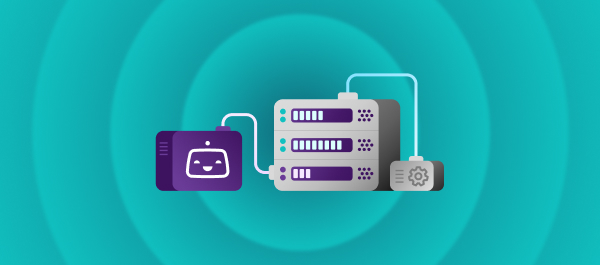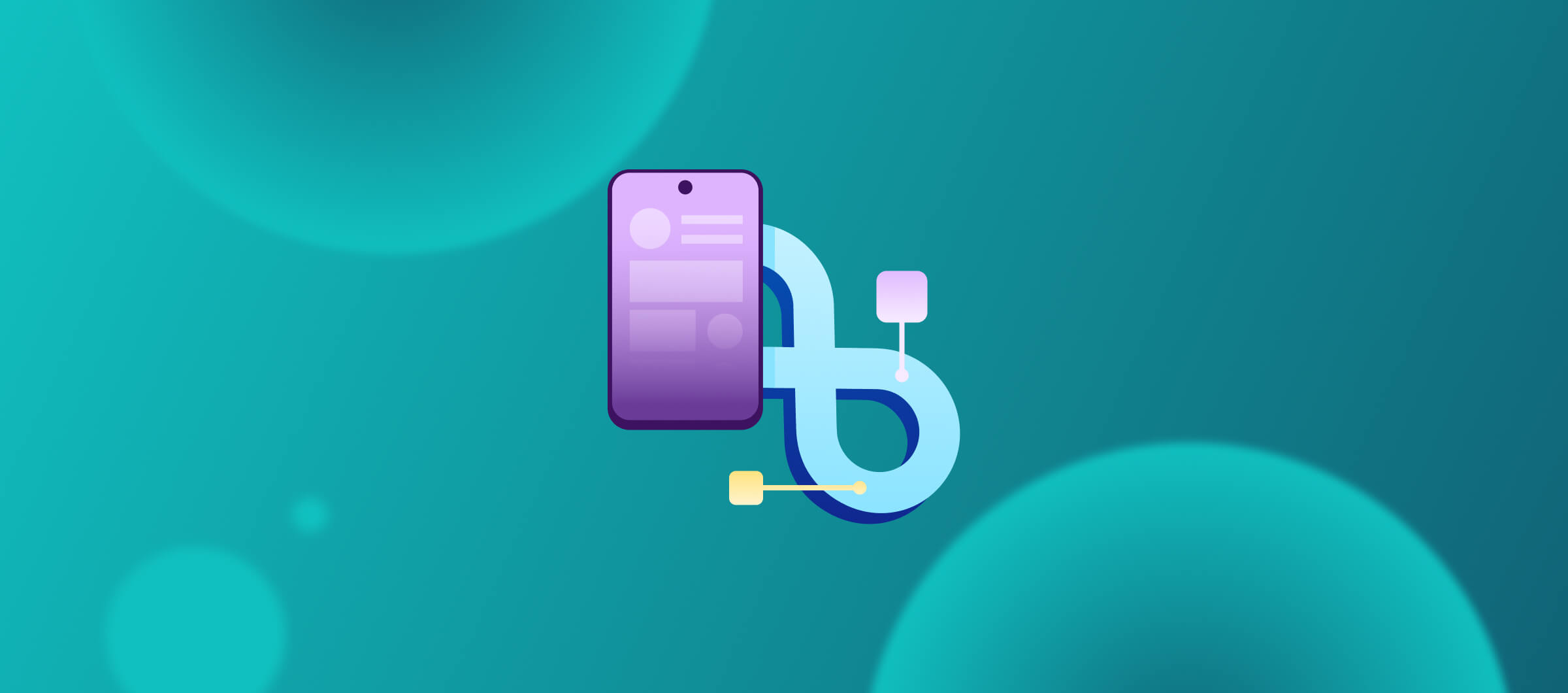When it comes to mobile app development, slow build times are not only the biggest source of frustration for developers but also the greatest barrier to innovation and competitive advantage.
We surveyed developers at DroidCon New York and they overwhelmingly reported that build delays hindered their ability to release new features, fix bugs, and iterate quickly. Two-thirds of respondents said they wait more than 10 minutes for their mobile builds. As companies are under increasing pressure to innovate faster, this issue will only get worse.

Faster builds: what's the secret?
There are several levers you can use to increase build speed, but one of the most effective approaches is to rethink your CI/CD pipelines. If your team has already automated much of your pipeline, remote caching is the next crucial step.
Remote caching is what I like to call the ‘fly’ step that every mature development team should have on their radar. It is a technique that allows developers to reuse outputs from other builds and leverage them across different machines and environments. It doesn't just speed up the process, it transforms it.
Remote caching helps you ‘fly’
In my experience, build optimization follows a clear path: crawl, walk, run, and finally, fly. This progression is something I use to help teams understand their improvement journey. At the early stages, teams focus on automating builds and using parallelization to speed things up. But for teams aiming to maximize efficiency and reach full maturity, remote caching is what propels them to the "fly" stage.

By centrally storing build outputs and reusing unchanged results, remote caching eliminates redundant work and drastically cuts build times. Not only does it save developers time, it transforms how they work. With build times reduced by between 30% and 90% depending on the project, developers can focus on coding instead of waiting patiently for builds to complete.
Remote caching: what’s in it for you?
In ideal cases, I’ve seen build times drop by close to 90% with remote caching, from just over 28 minutes to just under 4 minutes. This usually occurs when the same commit hash is used for multiple executions.
However, I’ve seen build times reduced by 60% or more in the more common projects. It’s worth noting that these performance gains could be increased further by optimizing the code and making it more cacheable.
In large projects with multiple developers, remote caching saves huge amounts of time since teams no longer have to rebuild unchanged parts of their projects.
Consistency is also a major benefit. When all team members use the same cached build outputs, the risk of encountering different results in different environments drops significantly. This consistency and reliability smooths the development process, reducing friction and improving collaboration between teams.
While some teams may struggle to onboard the concept at first, the long-term payoffs in efficiency and smoother workflows make remote caching a game-changer.
Bitrise Remote Cache: How it works

With Bitrise Build Cache, we offer a simple way to implement caching that integrates seamlessly into your existing CI/CD workflow. We store our remote cache in the same data center as your CI builds, ensuring fast and efficient access. This minimizes the time required to download cache data and helps avoid bottlenecks related to distant cache servers.
Worried about setup? Don't be. Although implementing caching independently can be tricky, using Bitrise Build Cache is quick and straightforward, which means setup time is minimal.
In most cases, it takes less than 10 minutes—and for experienced teams, it can be as fast as 2 minutes. It's a small investment for the time savings your team will enjoy as a result!
Conquering common caching challenges
While remote caching provides big benefits, there are a few challenges to navigate to get the most out of it. For example, Latency can be an issue if cache servers are far from your build environment. The good news is that Bitrise mitigates this by positioning caches close to CI systems.
Another consideration is ensuring your build configuration supports caching. Changes to task inputs like the versionCode in build.gradle or dynamic environment variables can affect cache performance. With careful planning, these challenges can be handled effectively.
At Bitrise, we support teams in making the most of remote caching. We guide teams through onboarding and help optimize their configurations. Whether it’s addressing latency or fine-tuning build settings, we offer the resources to unlock the full potential of Bitrise Build Cache. When the right setup is in place, developers can enjoy faster, more efficient builds, freeing up their time to innovate more.
Fly high with Bitrise Build Cache
For any team looking to reach the highest level of build optimization, remote caching is the key to unlocking the "fly" stage. With more time to focus on coding and delivering features, developers can shift away from the frustrations of slow builds and embrace the efficiency that remote caching brings.
The pressure to innovate faster is greater than ever, so optimizing every aspect of your build process is a must. Bitrise’s remote caching provides a straightforward, powerful solution, allowing you to build faster, collaborate more effectively, and stay competitive.
If you want to accelerate your build times and your development process and unlock new levels of efficiency across your development pipeline, Bitrise Build Cache is just what you need.
Your path to faster, smarter builds starts here.
Start a free 30-day trial today and see how it can significantly speed up your Gradle and Bazel builds.




